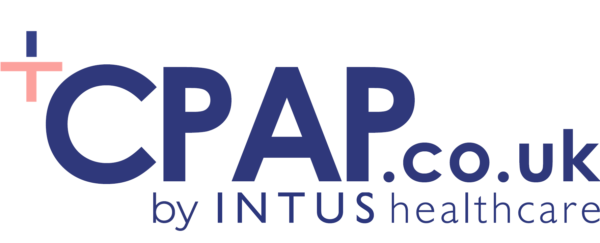Last updated on July 7th, 2023 at 02:21 pm
On October 10th, the National Institute for Health and Clinical Excellence (N.I.C.E.) holds the second appraisal committee meeting. This is an important step in N.I.C.E.’s appraisal of Continuous Positive Airway Pressure (CPAP) and its use in the NHS around the country.
The Department of Health recognizes the growth in obstructive sleep apnoea / hypopnoea syndrome prevalence and is seeking advice from expert consultants in regards to the way forward. It is no secret that allocated funds don’t meet demand for sleep apnoea treatment in England and Wales with many patients complaining about the current ‘postcode-lottery’ system.
At the first meeting the appraisal committee considered the evidence submitted and views put forward by consultees other than the CPAP manufacturers, who in fact are on the committee’s list of sources of evidence. Based on this, preliminary recommendations on the use of CPAP as a treatment for OSA have been put together. This second meeting will allow for comments on the preliminary recommendations and re-consider evidence submitted.
The Final Appraisal Determination (FAD) is scheduled for early next year.
The current recommendations, still subject to change read:
1 Appraisal Committee’s preliminary recommendations 1.1 Continuous positive airways pressure (CPAP) is recommended as a treatment option for people with moderate and severe symptomatic obstructive sleep apnoea/hypopnoea syndrome. 1.2 Continuous positive airways pressure (CPAP) is also recommended as a treatment option for people with mild symptomatic obstructive sleep apnoea/hypopnoea syndrome if lifestyle advice and any other relevant treatment options have been considered and deemed inappropriate or unsuccessful. 1.3 The diagnosis of obstructive sleep apnoea/hypopnoea, the prescription of CPAP treatment and monitoring of the initial response should be carried out by specialists in sleep medicine.
Point 1.1 doesn’t seem to be a big change. CPAP was already the recognised form of treatment for OSA prior to these meetings. Points 1.2 and 1.3 will have a greater impact on the health care system and service patients may come to expect.
It looks like the NHS will start to recommend CPAP based on a lower symptoms threshold. Where previously you had to be diagnosed with severe sleep apnoea (breathing lapses of over 10 seconds many times every hour) it looks as if this requirement will be lowered to include those with milder forms of obstructive sleep apnoea, like those with shorter apnoea events or fewer. If this recommendation goes through, this could mean many more people being diagnosed and needing treatment so one would hope more funds will become available to pay for this increased demand.
Point 1.3 may have implications on the current bottleneck that is diagnosis. Where elsewhere in the world stakeholders have been discussing the appropriateness of in-home testing with portable diagnostics devices such as Respironics’ Stardust or ResMed’s ApneaLink, the NHS seems to favour clinical diagnosis. In-home testing could take the burden off busy sleep labs. By opening up CPAP treatment to more people we need more people diagnosed. Insisting on the conventional diagnosis route could mean a bigger bottleneck and reduced access to the actual therapy, considering a prescription is required. Some sleep labs charge over £1,000 for an overnight stay – an amount the average OSA patients is unable to stomach so waiting lists are bound to increase.
We will find out early 2008 whether these recommendations will make it into official Department of Health guidelines. I just hope they don’t make the problem bigger than it already is.

